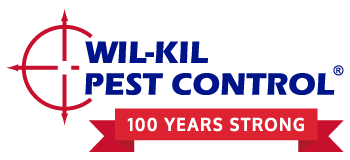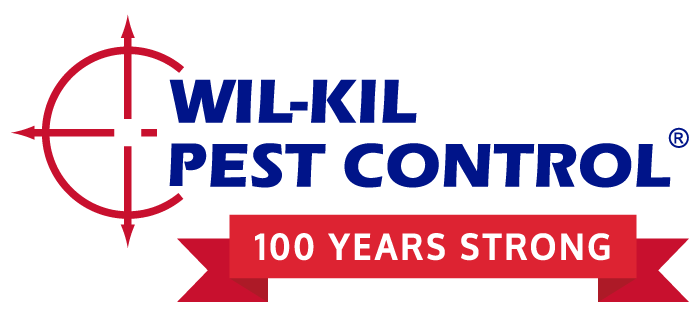Lice are a pest commonly found in school and daycare settings. It is estimated that one in four children will get lice during their childhood. Although lice are a health and hygiene issue, Wil-Kil Pest Control, a regional pest management company located in Menomonee Falls, has offered tips to educate parents on how to identify, prevent and remove lice.
What do lice look like?
Get A Free Quote

Lice are very small, about the size of a sesame seed with long, flat bodies. They have six legs and are gray to black. They do not have wings so they must crawl. Lice eggs (nits) are tiny yellow, tan or brown dots. The eggs look like dandruff, but they cannot be brushed or shaken off.
Types of lice
There are two types of lice most commonly seen in schools and daycare centers, head lice and body lice.
- Head lice live on the head in hair above the ears and on the back of the scalp. The lice are removed from the head by scratching. This type of lice is transferred through direct contact.
- Body lice live on clothing and can be found along clothing seams or the inside of the clothing. Body lice are transferred by sharing infected clothing or bedding.
How to tell if your child or student has lice
Children will be able to feel a tingling sensation when the lice are moving on their heads. They may also itch and scratch their heads or bodies from the reaction to the lice’s saliva. If your child has either of these signs, check your child for lice.
You may check for lice by separating your child’s hair into sections. With a fine-toothed comb, look for lice or eggs. Pay special attention to the area behind their ears and around the nape of their neck. At times, a magnifying glass and bright light may help. Also check your child’s clothes and bedding for lice and their eggs.
What to do if lice are found
If lice are found, PestWorld recommends washing all clothing and bedding in hot water and drying with high heat. Discard or wash combs and brushes in hot water. There are over-the-counter lice shampoos and conditioners that can be used to remove lice. This shampoo and conditioner can be purchased at a local drug store. It is also recommended to saturate your child’s hair in baby oil at night to kill all stages of the lice. If these methods do not work, call your doctor.
It is best for all items that have come in contact with the lice to be washed or placed in a sealed bag for two weeks. This includes stuffed animals, pillows and car seats. Cleaning and vacuuming furniture can also help in removing the lice from your home. Lice can only live for about one to two days off the head, but preventative methods should be taken to ensure the lice are removed from your home.
How to prevent lice
Lice are a very common problem for children in school and daycare settings. They can be transferred easily through direct contact. The best ways to prevent lice include:
- Avoid sharing clothing, hats, combs and other items with other students and classmates
- Check your child’s scalp at least once a month for lice and their eggs
- Bathe regularly and change into laundered clothing
- Frequently check bedding and clothing for lice and their eggs
For more information on lice, please visit PestWorld.
For more information on lice and removing them from your home, please visit http://www.health.com.
Shane McCoy is an Associate Certified Entomologist with 17 years of experience in pest management and is the Director of Quality and Technical Training for Wil-Kil Pest Control, servicing the Upper Midwest. To learn more about Wil-Kil, visit https://www.wil-kil.com/ or contact your local office at 800-236-8735. Follow Wil-Kil on Facebook and Twitter (@WilKilPest).

